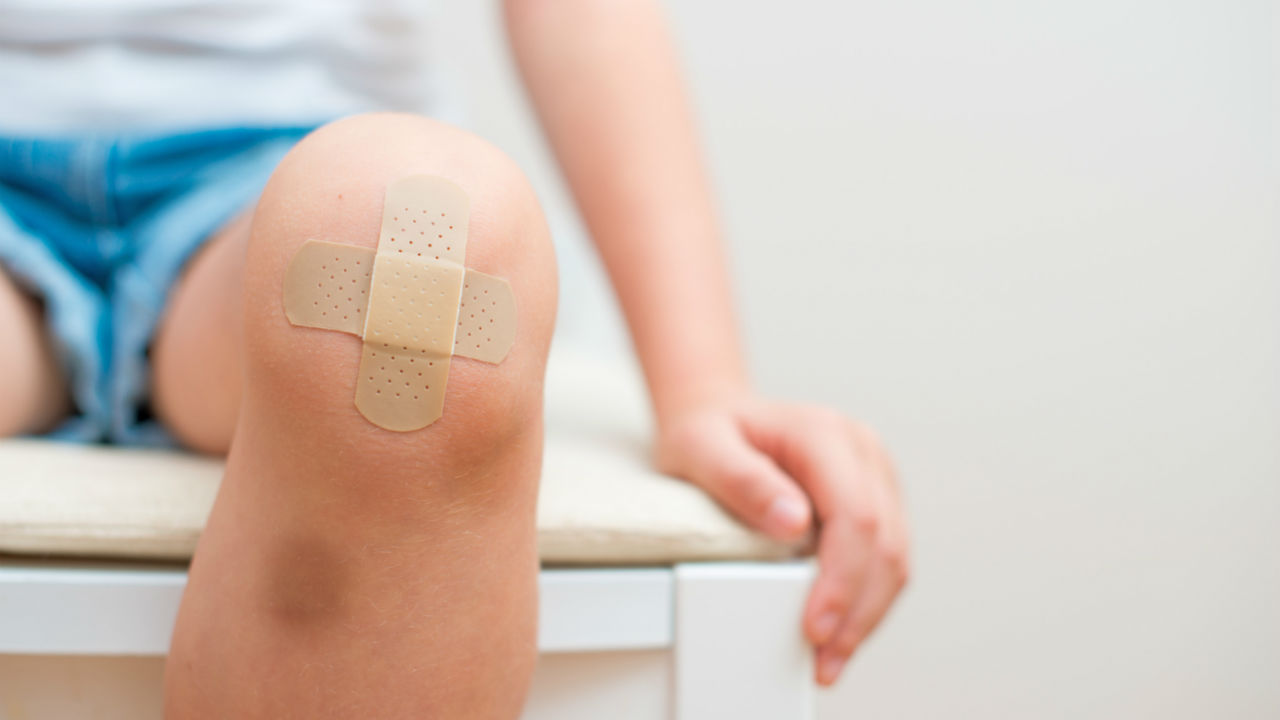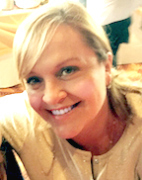 dmitrimaruta/fotolia
dmitrimaruta/fotolia
Sponsored by: Bio-Oil®
Our skin is our body’s barrier against the world, facing off against everything the environment can deliver, from weather to toxins to injuries.
Our brains would know nothing of temperature, pain or pleasure without nerve endings in skin. Skin defends us against unfriendly dogs, falls on the tennis court, a moment of truth chopping vegetables and breaking glass.
The Stages of Wound Healing
After a skin tissue injury, normal healing occurs in three stages. The stages are progressive, beginning with inflammation— the redness and swelling, warmth and pain that immediately accompany a wound.
After three to five days, the proliferative phase of healing begins when fibroblasts—the most common type of cells in tissue—migrate toward the margins of the wound. Fibroblasts produce substances necessary for healing the surface of the wound, as well as collagen, which provides the structural framework of tissue.
Epithelial cells—cells that line the internal and external surfaces of the body— continue to migrate inward from the wound edge until the defect is covered.
During the maturation phase, new collagen production begins at three weeks and continues indefinitely. As collagen builds in the wound, the tensile strength of the newly formed tissue improves.
Factors that Inhibit Healing
Sometimes healing is derailed by infection, chronic illness or external factors. Chronic illnesses such as diabetes, as well as smoking and malnutrition can impede wound healing as well as some medications, such as corticosteroids and non-steroidal anti-inflammatory medications (NSAIDs).
Most medical experts agree that smoking is bad for wounds as it delays how quickly they heal. The nicotine, carbon monoxide, and hydrogen cyanide in cigarettes undermine the skin’s ability to heal itself. If a person is unwilling or unable to quit smoking entirely, an attempt should be made to quit prior to elective surgery or during wound healing from accidents and injuries.
The Role of Nutrition
For optimal wound healing, strengthen your immune system from the inside out. Manage chronic illnesses and eat a healthy diet rich in fruits and vegetables.
A variety of vitamins and minerals are necessary for optimal wound repair.
Vitamin C – helps build collagen synthesis, fibroblast functions, and the immune response.
Vitamin A – assists with macrophage mobility and the regrowth of skin, called epithelialization.
Vitamin B complex – is required for the formation of antibodies and white blood cells.
Vitamin B or thiamine – needed to produce white blood cells and skin regrowth.
Iron - necessary for the synthesis of hemoglobin, which carries oxygen to the tissues.
Copper and Zinc - necessary for collagen production and epithelialization.
Maintaining a healthy weight is essential to wound healing. Being underweight can deprive the body of the protein and energy reserves the body needs to repair itself. Obesity can lead to hernia formation, infection and the splitting of sutures.
Are you proactive in your body’s self-repair, with both the present and future in mind? Are you doing everything in your power to insure skin healing, from maintaining a healthy weight and eating nutritiously, to avoiding cigarettes?
Going the Distance for Your Skin
Go even further to help your skin restore itself by using Bio-Oil®.
The original tissue oil contains lavender, chamomile, calendula and rosemary extracts in a mineral oil base. When combined with the scientifically formulated PurCellin Oil™ and vitamins A and E, Bio-Oil® provides moisture and nutrients for skin repair.
The itching associated with skin healing can lead to scratching off newly formed tissue, putting a wound at risk for scarring and infection. A moisturized wound is a wound less likely to itch and less likely to scar.
Clinically proven to reduce the appearance of scars from surgery, injury, burns and skin conditions such as acne and chicken pox, Bio-Oil® is a healing balm for hurting skin.
Whether you are currently suffering a skin injury or are anticipating surgery, do everything you can to empower your body from the inside out. Then address the outside with Bio-Oil®.
To learn more, visit: http://bio-oilusa.com/en-us/.
Sources:
1) Skin. NationalGeographic.com. Retrieved January 2, 2015. http://science.nationalgeographic.com/science/health-and-human-body/human-body/skin-article/
2) Skin Wound Healing. emedicine.com. Retrieved January 1, 2016. http://emedicine.medscape.com/article/884594-overview
3) Fibroblast. NIH.gov. Retrieved January 1, 2016. http://ghr.nlm.nih.gov/glossary=fibroblast
4) Factors Affecting Wound Healing. mediligence.com. Retrieved January 1, 2016 http://blog.mediligence.com/2013/07/22/factors-affecting-wound-healing-2/
5) Smoking and wound healing. NIH.gov. Retrieved January 2, 2015. http://www.ncbi.nlm.nih.gov/pubmed/1323208
6) Wound Healing. David LaPierre. Retrieved January 4, 2015. http://www.sharinginhealth.ca/biology/wound_healing.html
Reviewed January 4, 2015
By Michele Blacksberg RN






Add a CommentComments
There are no comments yet. Be the first one and get the conversation started!